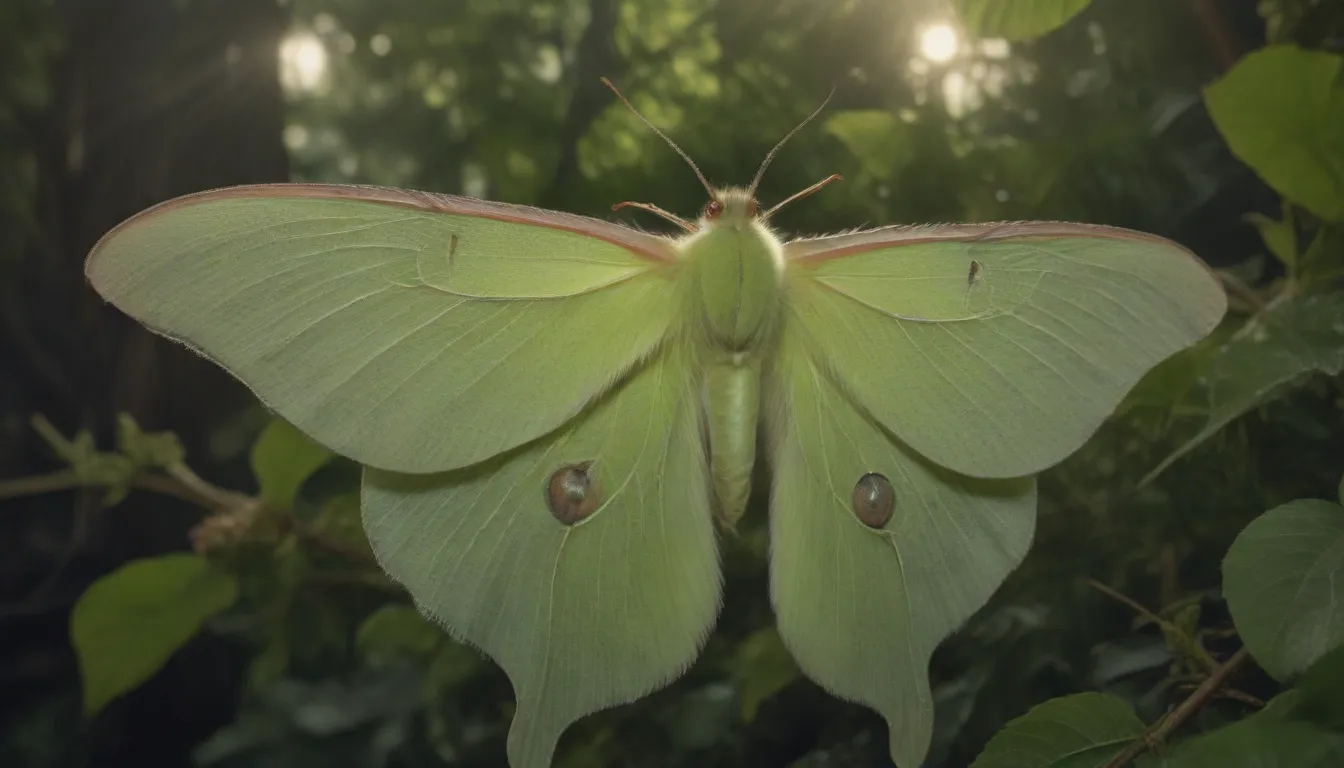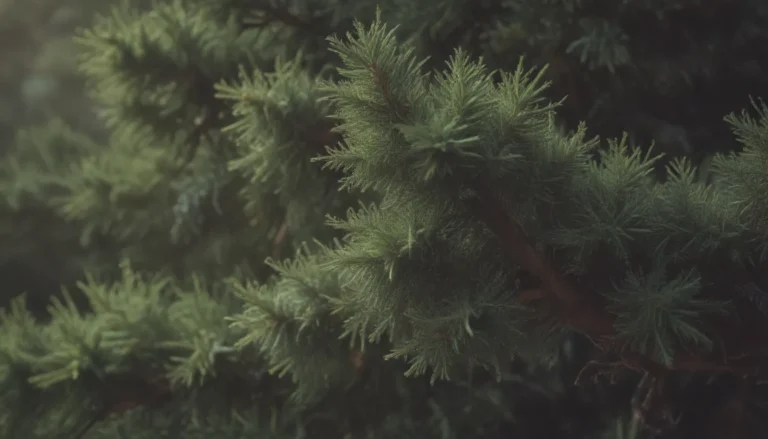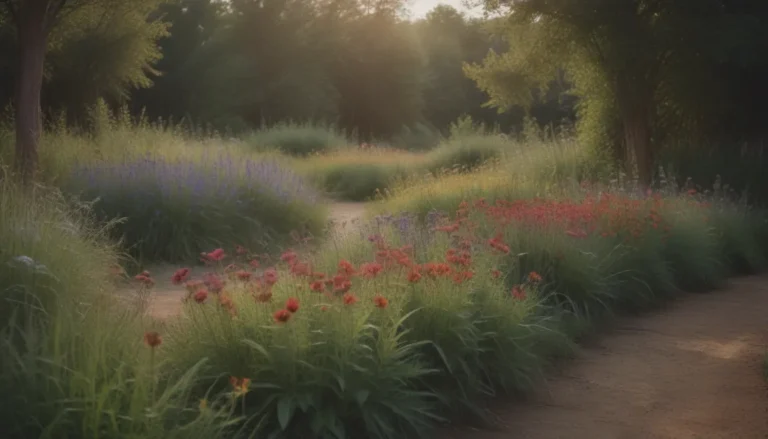How to Encourage Luna Moths to Visit Your Garden

Have you ever been fortunate enough to spot a luna moth in your garden? These stunning creatures, also known as the American Moon Moth, belong to the Saturniidae family and are a sight to behold. While once a common sight, luna moths are now considered endangered in some regions, though they are not formally listed as an endangered species.
Getting to Know Luna Moths
The primary goal of the luna moth is to find a mate, making them neither beneficial nor harmful to gardens. These majestic insects are typically seen during the spring and early summer months, often producing two generations per year. The male luna moths are known for their impressive flying abilities, covering long distances in search of a mate. Female luna moths release a sex-attractant pheromone that lures males from afar, leading to mating sessions typically taking place in the early hours after midnight.
After mating, the female luna moth lays its eggs before passing away. In about 10 days, the eggs hatch into caterpillars that immediately start feeding and growing. The caterpillars molt around five times over three to four weeks until they reach a length of approximately 2.5 inches. At this stage, they spin silken cocoons enveloped in a leaf, staying inside for two to three weeks before emerging as adult moths.
Luna moths carefully cut their way out of their cocoons using tiny serrated spurs on their wings. After emerging, the moths take time to rest and allow their wings to inflate with blood before embarking on night flights to find a mate. Their adult life lasts just about a week, during which they mate, and the female lays eggs—typically up to 200 in small batches on the undersides of leaves.
Fun Fact
Once they reach adulthood, luna moths no longer eat. They lack mouthparts for feeding and a digestive system, setting them apart from other moth species that may indulge in fabric dining.
Recognizing a Luna Moth
In North America, the luna moth stands out as one of the largest moth species, boasting a wingspan of about 4.5 inches. Due to their scarce numbers and nocturnal habits, encountering these exceptional moths is a rare treat, much like spotting the elusive hummingbird moth. The name “luna,” derived from “moon,” pays homage to their nighttime presence and the crescent-shaped eyespot on their wings resembling a moon’s crescent.
Several features can help you distinguish a luna moth:
- Large size with a wingspan of 4.5 inches
- Nocturnal and elusive nature
- Crescent-shaped eyespot on wings
Creating a Luna Moth Haven
During their larval stage, luna moths favor feeding on the leaves of specific nut and fruit-bearing shrubs and trees. While they don’t pose a threat due to their limited numbers, providing the right habitat can attract these ethereal creatures to your garden. Consider planting their preferred trees and shrubs, along with flowering plants like honeysuckle and impatiens, to entice luna moths to visit your outdoor space.
Warning
Avoid using insecticides and herbicides, even organic options like insecticidal soap or neem oil, on the trees and shrubs in your moth-friendly garden. These substances could harm luna moth caterpillars, disrupting the delicate balance needed to support their population.
Luna Moth Predators and Protection
During their caterpillar phase, luna moths employ various tactics to ward off predators. They rear their front ends in a sphinx-like stance, produce clicking noises with their mandibles, and release a distasteful fluid when threatened. Additionally, their green coloration helps camouflage them within their natural environment, offering further protection against predators, especially nocturnal creatures.
While the luna moth faces numerous natural enemies, it is not considered a pest due to its beauty and limited population size. Pesticides, habitat loss, and pollution have contributed to the decline in luna moth sightings. Although their larvae feed on shrub and tree leaves, their numbers typically remain manageable and do not cause significant damage.
If you’re passionate about conservation and want to contribute to preserving the luna moth population, creating a welcoming environment in your garden can make a difference. By supporting their lifecycle and providing a sanctuary free from harmful chemicals, you can help these enchanting creatures thrive and continue gracing your outdoor space with their presence.
Remember, every little effort counts when it comes to protecting our delicate ecosystem and the magnificent creatures that inhabit it. Let’s work together to ensure the future of luna moths and other endangered species, making our gardens a haven for biodiversity and beauty.





